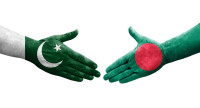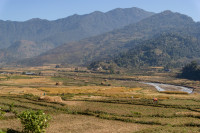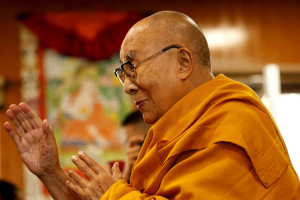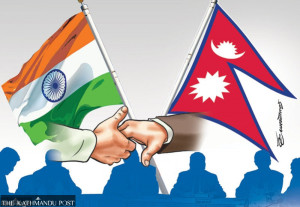Columns
Ideological rebranding
The US foreign aid freeze signals an effort to align foreign policy with Trump’s ideology, but whether it leads to an overhaul or rebranding remains uncertain.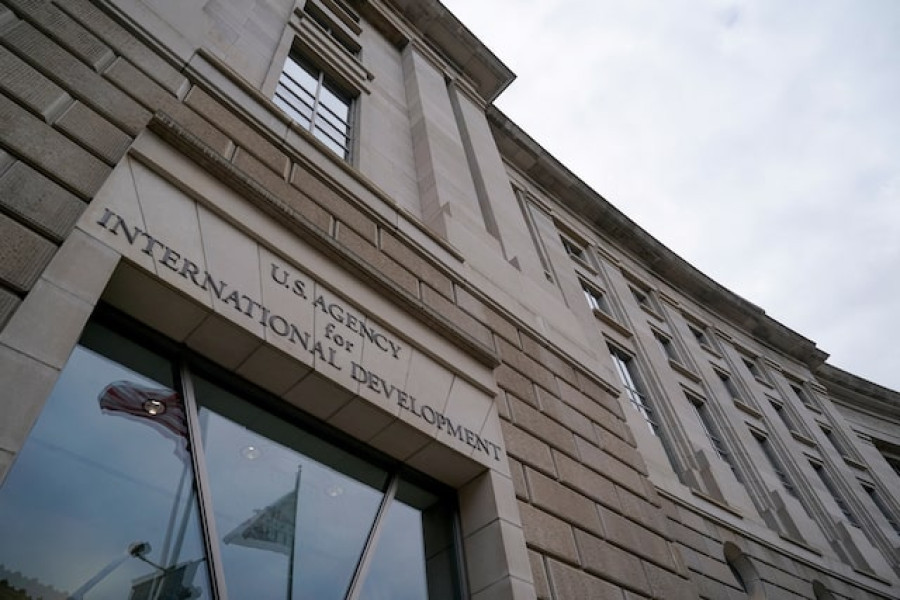
John Narayan Parajuli
The fallout from President Donald Trump’s series of executive orders continues to reverberate worldwide. The USAID stop-work order issued to all its contractors and implementing partners, including those in Nepal, has created uncertainty and confusion. This decision is likely to significantly impact humanitarian operations, as the US alone accounts for more than 40 percent of global humanitarian aid, according to the UN. Although another federal funding freeze was rescinded on January 29 following widespread criticism and a court-issued stay, it is immediately unclear how this decision affects the foreign aid freeze.
Does this, however, signal the beginning of US disengagement from global affairs? And does the President have unlimited authority to defer appropriations approved by Congress, which holds the constitutional power of the purse?
To be clear, Washington isn’t distancing itself from global affairs. Rather, this sweeping funding freeze should be seen as an attempt by the new administration—effectively a new regime—to imprint its ideological stamp both domestically and in foreign policy. The extent to which this will result in a comprehensive overhaul of foreign aid depends on several factors, including the role of Trump’s Cabinet appointees, the actions of Congress and the courts, and the cohesion and focus of his core team. Placing USAID under the State Department’s jurisdiction may be disruptive, but it follows a process seen in other key donor countries, such as the UK and Australia, which have bundled and unbundled their aid agencies to better align foreign policy with foreign assistance.
To better understand this unfolding shift, let’s examine the language and scope of the executive order and the subsequent memo from the White House Office of Management and Budget (OMB). The executive order issued on January 20 states:
“The United States foreign aid industry and bureaucracy are not aligned with American interests and, in many cases, are antithetical to American values. They serve to destabilize world peace by promoting ideas in foreign countries that are directly inverse to harmonious and stable relations internal to and among nations.”
Note the language in the executive order above—it closely echoes criticisms of US aid frequently voiced by Beijing or Moscow.
It further declares that no US assistance will be disbursed unless it aligns with the President's foreign policy priorities.
The subsequent OMB memo, issued on January 27, elaborates on these priorities: “Financial assistance should be dedicated to advancing Administration priorities… to build a stronger and safer America… unleashing American energy and manufacturing, ending ‘wokeness’... The use of federal resources to advance Marxist equity, transgenderism, and Green New Deal social engineering policies is a waste of taxpayer dollars.”
While primarily a broad guideline for implementing executive orders—many of which focus on domestic spending—the memo encapsulates the ideological lens of the President. By extension, it provides some clues for the administration’s foreign policy direction. Everything the US does abroad in the next four years is likely to be viewed through this ideological lens.
This is where the roles of the State Department, USAID leadership and Congress come into play. These institutions will likely remain deferential to the President during the traditional 100-day honeymoon phase. However, will they begin asserting themselves by spring? Will this shift be merely rhetorical, or will it lead to a substantive overhaul of US foreign aid and diplomatic engagement?
At first glance, the administration seems poised to take an ideological sledgehammer to funding for projects focused on minority rights, inclusion and LGBTQI+ health support. Initiatives centred on clean energy and sustainability may also face pressure to reshape their impact narrative—or risk losing funding altogether.
The executive orders and the OMB memo grant significant latitude to the Secretary of State and USAID Administrator in determining how to implement and lift the freeze while aligning it with Trump’s vision. To assume that these leaders and Congress will have no agency in shaping foreign aid policy would be an oversimplification of the governance process and its complexities.
While Trump has been reluctant to share the spotlight, his first term demonstrated that he allowed his appointees significant autonomy in running their agencies. After all, overseeing an entire government necessitates delegation.
Secretary of State Marco Rubio advocates for US engagement worldwide. While some of his foreign policy positions lean hawkish, they largely align with traditional Republican views. As a Cuban American, he strongly opposes normalising relations with Havana and maintains firm stances on China. However, he is by no means an isolationist. Rubio’s public posturing should not be overanalysed; he is simply aligning his rhetoric with his boss. His relatively low-profile first trip to Panama may have helped diffuse tensions, allowing Trump to claim victory.
There are also legal and institutional constraints on the President’s power. The funding freezes affect allocations that Congress has already approved. Without an amendment or new legislation, these appropriations remain the law of the land. The President cannot indefinitely withhold or repurpose funds without congressional authorisation.
In the absence of a white paper, Trump’s foreign policy must be pieced together from his campaign speeches, executive orders and social media statements. His address to the World Economic Forum provided some insight into his thinking. He frequently hinted at a multipolar world, highlighting Russia and China’s roles.
Notably, Trump indicated a potential nuclear arms limitation pact between the three nations. This suggests that Trump may seek to improve relations with traditional adversaries while demanding greater burden-sharing from allies. His call for NATO members to increase their defense spending to 5 percent of GDP, up from 2 percent, is a case in point.
Trump’s Davos speech hinted at a redefined American grand strategy, envisioning a more pronounced role for China and Russia in a restructured international order. At the same time, his flirtation with the idea of annexing the Panama Canal, Greenland and even Canada raises alarms about potential imperialist ambitions. These moves suggest an interest in carving out distinct spheres of influence for all three powers. If this is a serious plan, it would mark a dramatic shift from long-standing US foreign policy—one that could reshape global power dynamics for years to come, along with Washington’s approach to foreign assistance.




 19.12°C Kathmandu
19.12°C Kathmandu
